Cannabis Goes Mainstream

Hi, The Investor’s Podcast Network Community!
Happy Saturday!
It’s European Bicycle Day 🚲
Around 32% of Americans are regular cyclists, but Europeans take the cake when it comes to cycling.
The Netherlands has the most cyclists (99% of its population), with more bikes than people in the country, while others follow closely behind, including Denmark (80%) and Germany (75%).
— Weronika
Today, we’re discussing how cannabis has gone mainstream, and more, in just 4 minutes to read📖
Get smarter about valuing businesses in just a few minutes each week.
Get the weekly email that makes understanding intrinsic value
easy and enjoyable, for free.
POP QUIZ
What percentage of U.S. cannabis users report consuming marijuana candy/gummies in the past six months?
WHAT ELSE WE’RE INTO
📺 WATCH: The story of Bob Marley’s life and creation
👂 LISTEN: 90 days to your first investment with Ashley Kehr
📖 READ: Why the “Dean of Valuation,” Aswath Damodaran, says Nvidia is overvalued
Introduction
From Bob Marley’s soulful tunes to Seth Rogen’s giggly antics, marijuana has weaved itself into the fabric of pop culture, becoming the “high” note that never seems to fade.
Today, marijuana has entered the mainstream as cannabis, and its components are decriminalized or legalized around the U.S., spawning countless products for recreational use.
Weed’s rising popularity has provided entrepreneurs and companies with a flourishing landscape of developing opportunities, too.
The historical background
Marijuana was first cultivated for medicinal purposes in Asia around 500 BC.
In America, cannabis cultivation traces back to the early colonists who grew hemp for practical uses like textiles and rope.
But in 1914, the Harrison Act classified drug use as a criminal offense. Subsequently, in 1915, California became the first state to outlaw cannabis possession.
In the 1930s, the U.S. Federal Bureau of Narcotics raised concerns about the growing misuse of cannabis, leading to the criminalization of possession in 23 states by 1937.
The ban continued for nearly six decades but didn’t stop people from using it.
In fact, during the 1960s and 1970s, the countercultural “hippie” movement emerged, rejecting the status quo and advocating nonviolence and love with slogans like “Make love, not war.”
Hippies embraced the recreational use of hallucinogens such as marijuana and LSD, considering them tools for expanding consciousness during their transformative “head trips.”
California, the pioneer
Then, in 1996, things started to reverse. California became the pioneer state in legalizing medical marijuana.
The legalization of cannabis for medical purposes soon expanded to other regions.
Since then, medicinal cannabis use has been legalized in 39 states and DC, while the number of states where adults can legally enjoy it stands at 22.
Image source: The Motley Fool
And President Biden’s October 2022 announcement regarding marijuana reforms could mark the initial strides toward federal decriminalization of cannabis.
In fact, most Americans favor reforming cannabis laws — polls show 68% of Americans support legalizing cannabis for personal use, while the majority of respondents (54%) believe that alcohol is far more dangerous than marijuana.
Market size & segmentation
As more states choose to overturn the ban, countless business opportunities arise, significantly impacting the domestic cannabis market.
The global cannabis market is projected to reach over $51 billion in 2023, hitting a market value of more than $92 billion by 2027.
In the U.S., the cannabis market is estimated to reach over $31.8 billion in annual sales by the end of 2023, growing to over $50.7 billion by 2028, according to researchers at Brightfield Group.
Notably, the edibles market, one of the fastest-growing categories in cannabis, is expected to surpass $10 billion in sales by 2025.
The wide range of purposes for producing cannabis worldwide has grown as recreational usage gains momentum making cannabis companies race for the most innovative and original ideas.
You can now get almost anything with THC—marijuana’s primary psychoactive ingredient—in it, from cosmetics, oils, masks, and shampoos to gummy bears, pastries, and beer.
Investment opportunities
Like in any developing industry, financial opportunities and risks abound.
Certain risks stem from the political climate in each state.
Due to the absence of federal regulation on the cannabis industry, it’s still in its early growth stage, offering compelling prospects on the horizon.
For investors, the market is divided into three segments:
Marijuana growers and retailers — produce and pack cannabis products and sell them to consumers.
- Example: Green Thumb Industries — it stands as a prominent U.S. cannabis operator, with ownership of 79 retail cannabis stores in 15 states and operation of 17 manufacturing facilities.
Biotechnology companies — develop cannabis-based pharmaceutical drugs.
- Example: Jazz Pharmaceuticals — they acquired GW Pharmaceuticals, a biotech company focused on cannabis. GW’s Epidiolex is the first U.S. Food and Drug Administration (FDA) approved cannabis-based medicine. The drug’s sales reached a remarkable $736.4 million in 2022.
Ancillary marijuana businesses — provide products and services to cannabis companies without interacting with the plant’s production.
- Example: Innovative Industrial Properties — a real estate investment trust devoted to the cannabis industry.
Dive deeper
To get more insights about the cannabis market, check out this research from the Brightfield group.
TRIVIA ANSWER
Some 41% of cannabis consumers reported eating cannabis candy or gummies in the past six months.
P.S. The Investor’s Podcast Network is excited to launch a subreddit devoted to our fans in discussing financial markets, stock picks, questions for our hosts, and much more!
Join our subreddit r/TheInvestorsPodcast today!










